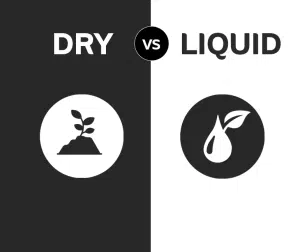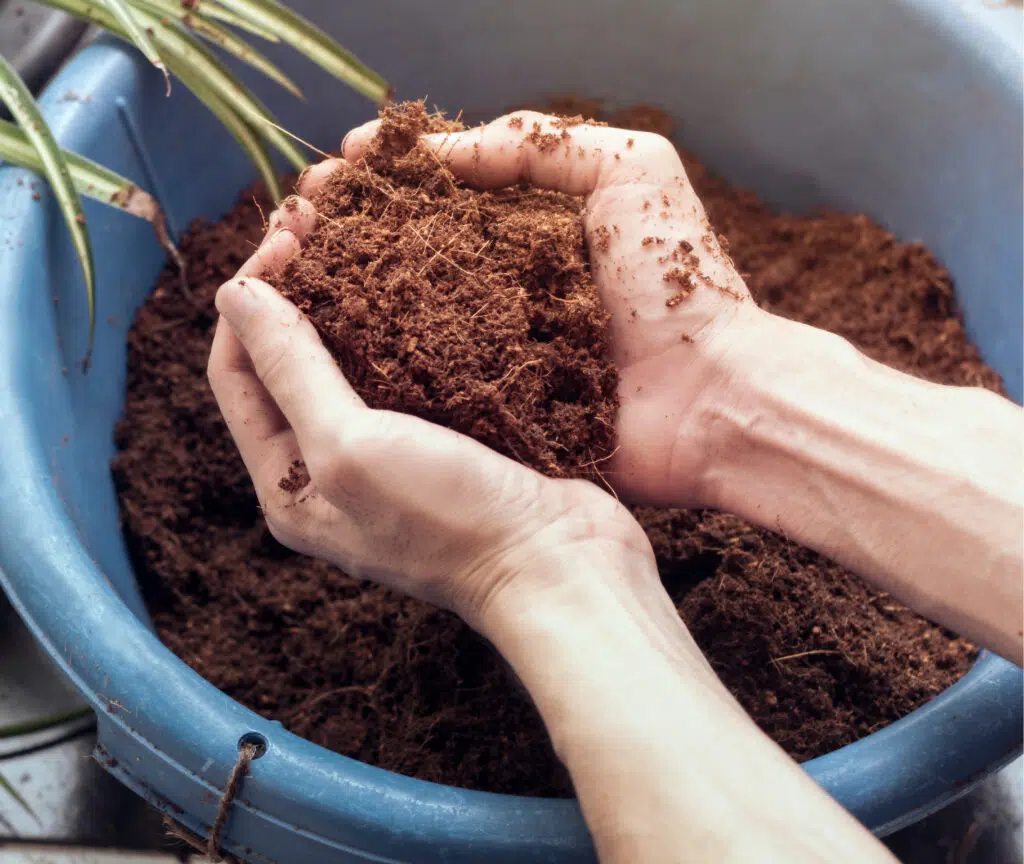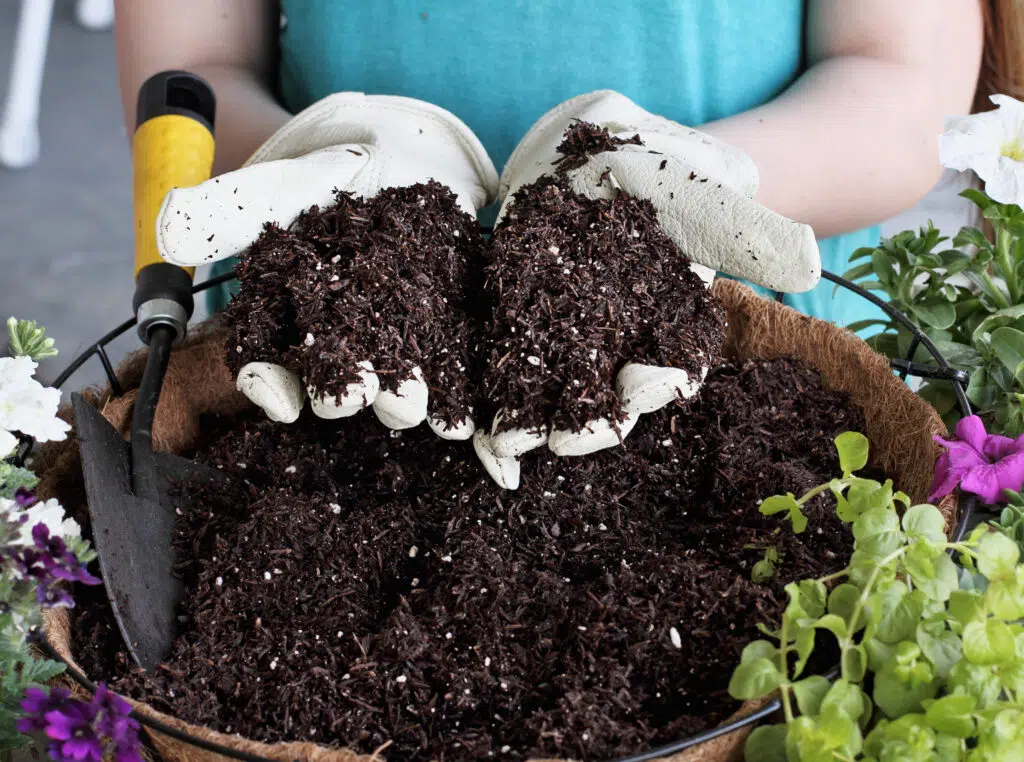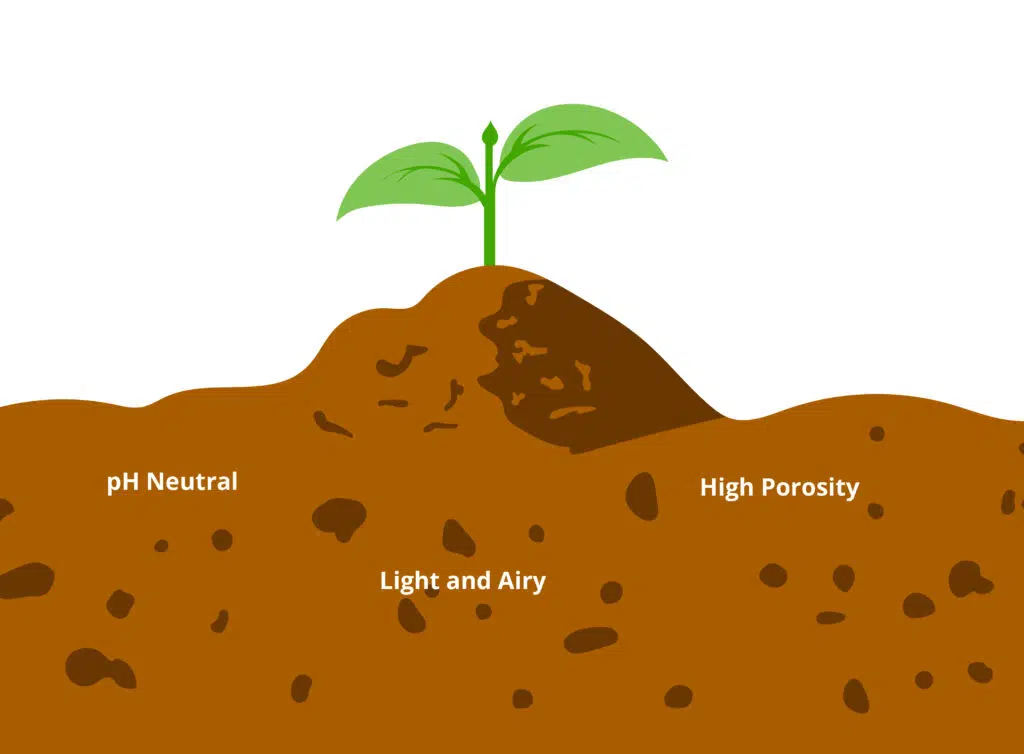
Inventory Count: Thursday, April 24th – Friday, April 25th. Resuming normal operations on Monday, April 28th. To avoid delays, check the order cutoff date: More Details
Home / Tips & Advice / 3 Tips for Growing in Coco Coir
Home / Tips & Advice / 3 Tips for Growing in Coco Coir
Recent Posts




Upcoming Events
Latest Comments


Coco coir occupies a grey area between soil/soilless media and hydroponic gardening. While it may feel like soil, coco acts and performs much like a hydroponic system. For example, growers using a coco-based medium can expect to water their plants more often, feed with a slightly more concentrated nutrient solution, and irrigate plants at lower pH levels. But don’t let these conditions discourage you from experimenting with coco coir – the potential benefits of establishing plants in coconut mediums are incredible; it’s not unlikely for plants in coco to outgrow rival flora in peat moss or rockwool. If you’re thinking about making the move to coco, read the passages below for 3 tips for growing in coco coir.
Plant-grade coco coir is a simple byproduct of the coconut fiber industry. Between the husk and the coconut meat is a dense but fibrous layer of threads. When processed, the milk and meat of the coconut are usually combined or sold separately as food products, while the husk is sold to adjacent industries to be made into textiles or fabrics. The middle section, however, is set aside, ground up, composted, or thrown away; only recently has the coir been sold to agricultural industries for use in the garden. Although, this use of the coconut byproduct has led growers to rely on coco coir as a powerful medium with an array of potential benefits.

For example, instead of throwing away or composting the leftover byproduct, the fibers of the coir can be ground into a fine medium, washed, dried, and sold to growers in loose or brick form. Some coco medium manufacturers, like Royal Gold, even enrich the coconut fibers with a calcium charge to ensure the medium is ready to use right out of the bag. While using a coconut fiber medium, growers can expect a host of benefits. Read the following passages for the expected benefits and more tips and advice on growing in coco coir.

While coco coir fiber feels like a soil system, it behaves much like other hydroponic media. So, treat your coco medium like a hydroponic system. This can mean watering your crop less but at a higher frequency. Coconut fiber is light, airy, and highly porous, but it also has the potential to hold incredible amounts of moisture when saturated. If young plants in coco are over-watered, it can quickly damage a crop. So, start by irrigating your plants with small amounts of water once or twice a day, and increase the volume of liquid feed as your crop grows.

Calcium and/or magnesium deficiencies are a common problem for growers utilizing coconut coir. To avoid these issues, consider supplementing your crop with a source of calcium and magnesium. Most high-quality fertilizers include a boost of calcium and magnesium. So why is additional cal-mag needed? This question can be easily answered when cultivators examine the relationship between coconut media and calcium/magnesium.
In short, the cation exchange sites in coco coir will lock on to the calcium-magnesium elements in fertilizer and render them unavailable to the plant. So, growers must provide a larger dose to ensure that Ca and Mg are available to plants.
Some coco mediums are not pre-charged with a dose of calcium-magnesium. Read the label on your loose or brick coco and determine whether or not the manufacturer of the product enriched their medium with minerals. If the coco has been rinsed and dried but not charged with minerals, it’s highly recommended that cultivators irrigate and enrich their medium with a low dose of nutrients and a calcium-magnesium supplement before transplanting. This charge will provide young plants with a foundation of minerals upon transplant and further support root expansion and nutrient uptake in the vegetative stage.

Whatever your style of garden, chances are, GreenPlanet Nutrients has the perfect base nutrient program. To access the programs available at GreenPlanet Nutrients, contact a member of the GreenPlanet sales team, or your local garden supply store for product information and purchasing inquiries.
GP NUTRIENTS
COMPANY
CONSUMER
OUR WORLD
CONNECT
NEWSLETTER
usinfo@mygreenplanet.com
+1-866-913-4769
Monday: 8am – 4:30pm
Tuesday: 8am – 4:30pm
Wednesday: 8am – 4:30pm
Thursday: 8am – 4:30pm
Friday: 8am – 4:30pm
Saturday: Closed
Sunday: Closed
Week of Dec 18-22- Regular operating hours
Dec 25- Closed (Stat Holiday)
Dec 26- Closed (Non-Stat day off with pay)
Dec 27-29- Regular operating hours
Jan 1- Closed (Stat Holiday)
Jan 2-5- Regular operating hours
1 thought on “3 Tips for Growing in Coco Coir”
Ok it’s great information. I’m not a pro growing auto flower seeds but this time I’m gonna grow in Coco coir I’m gonna mix it with worm castings and perilite also high quality soil. This will be my5or6th grow. I’m supposed to be getting better at this. I think my problem is the ph level over watering. Also using to much nutrients. Everything I’ve grown has been very smokeable and seems to get me ripped. My daughter’s seem to like it very much. But I know it the grow could be Alot better. If I getting a half oz out of plant. I kno I should be getting more than that